10 Fruit Trees Experts Warn You Should Never Plant in Your Yard
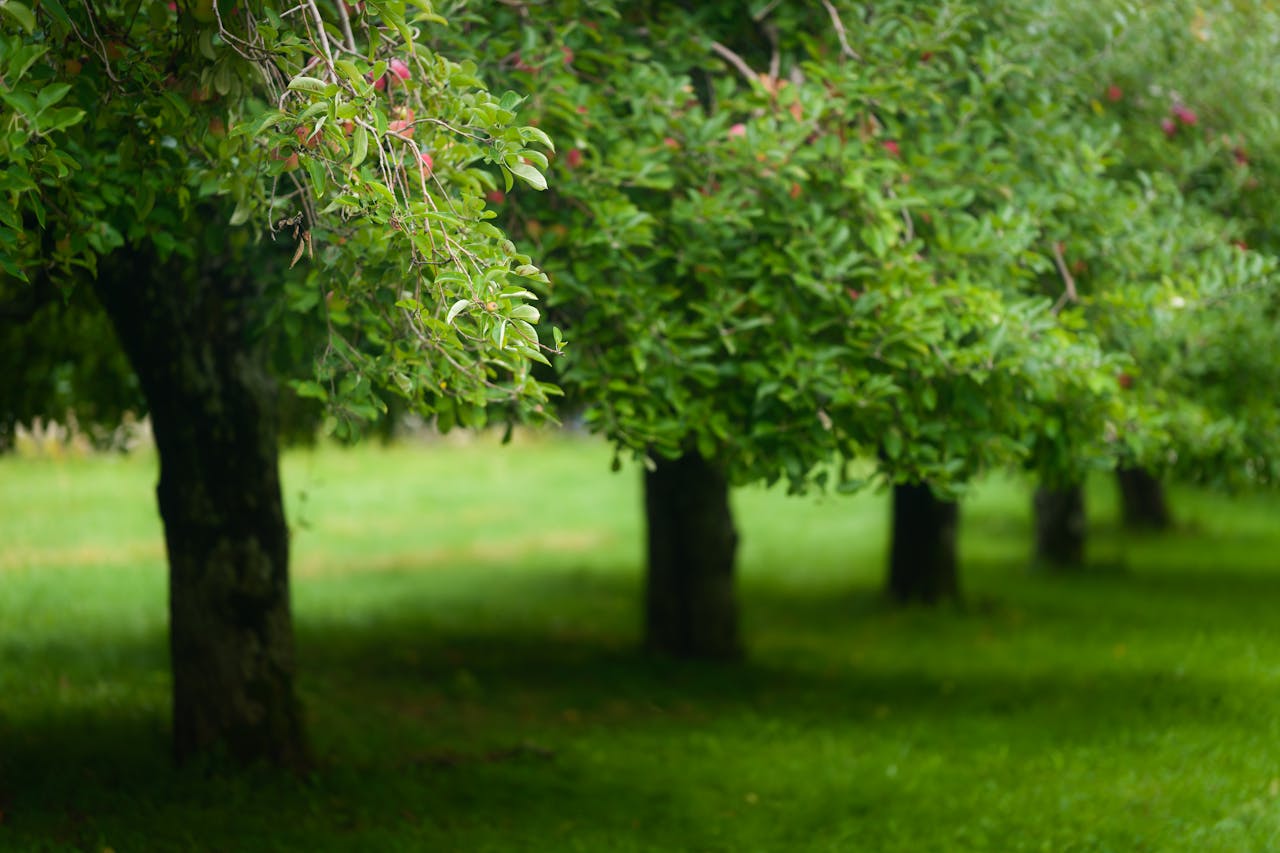
If you’ve ever dreamed of growing your own fruit in the comfort of your backyard, it’s easy to get excited about the idea of planting a fruit tree. After all, who doesn’t love the thought of fresh, homegrown apples, peaches, or cherries? However, not all fruit trees are suitable for every yard. Some can cause more trouble than they’re worth, from invasive roots to messy fruit drops, attracting pests, and even damaging your property. To help you avoid costly mistakes and frustration, here are 10 fruit trees experts recommend you should never plant in your yard.
1. Mulberry Trees
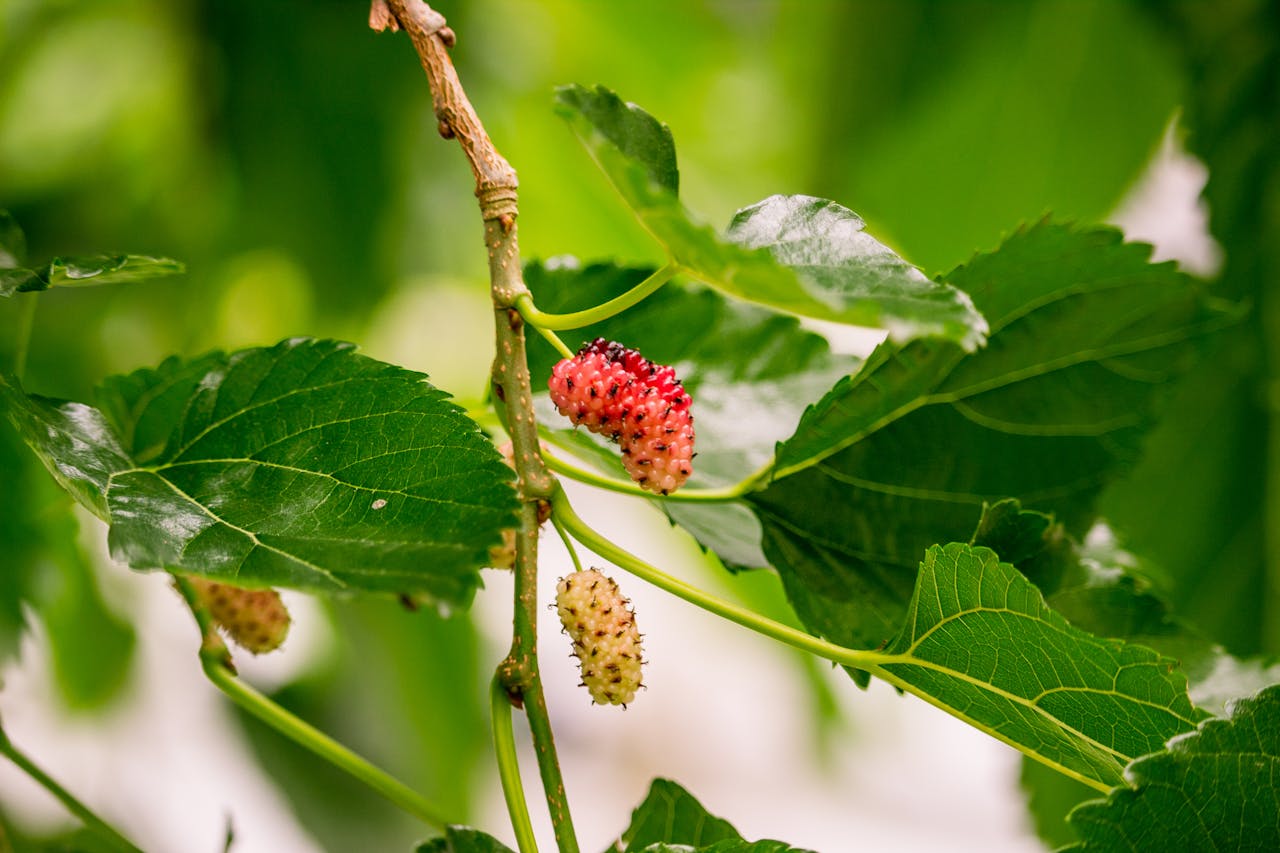
Mulberry trees may seem like an appealing option, but experts caution against planting them in your yard. While their sweet fruit is edible, the tree’s aggressive roots can wreak havoc on sidewalks, driveways, and even underground plumbing. Their roots are known to spread extensively, causing damage to nearby structures. Moreover, mulberries drop fruit in large quantities, creating a mess that can stain patios, decks, and outdoor furniture. If that wasn’t enough, the tree also attracts birds in droves, leading to an abundance of bird droppings around your yard. These trees are best suited for large, open spaces, far from your home and outdoor living areas.
Mulberry trees are also known for their rapid growth and can quickly take over a yard, crowding out other plants and making it difficult to maintain a balanced garden. While they provide shade and can be a great addition to large properties, their invasive nature makes them unsuitable for smaller spaces. They also require a significant amount of water and care to keep them from becoming too unruly. If you’re looking for a low-maintenance tree that won’t take over your yard, a mulberry tree might not be the best choice.
2. Black Walnut Trees
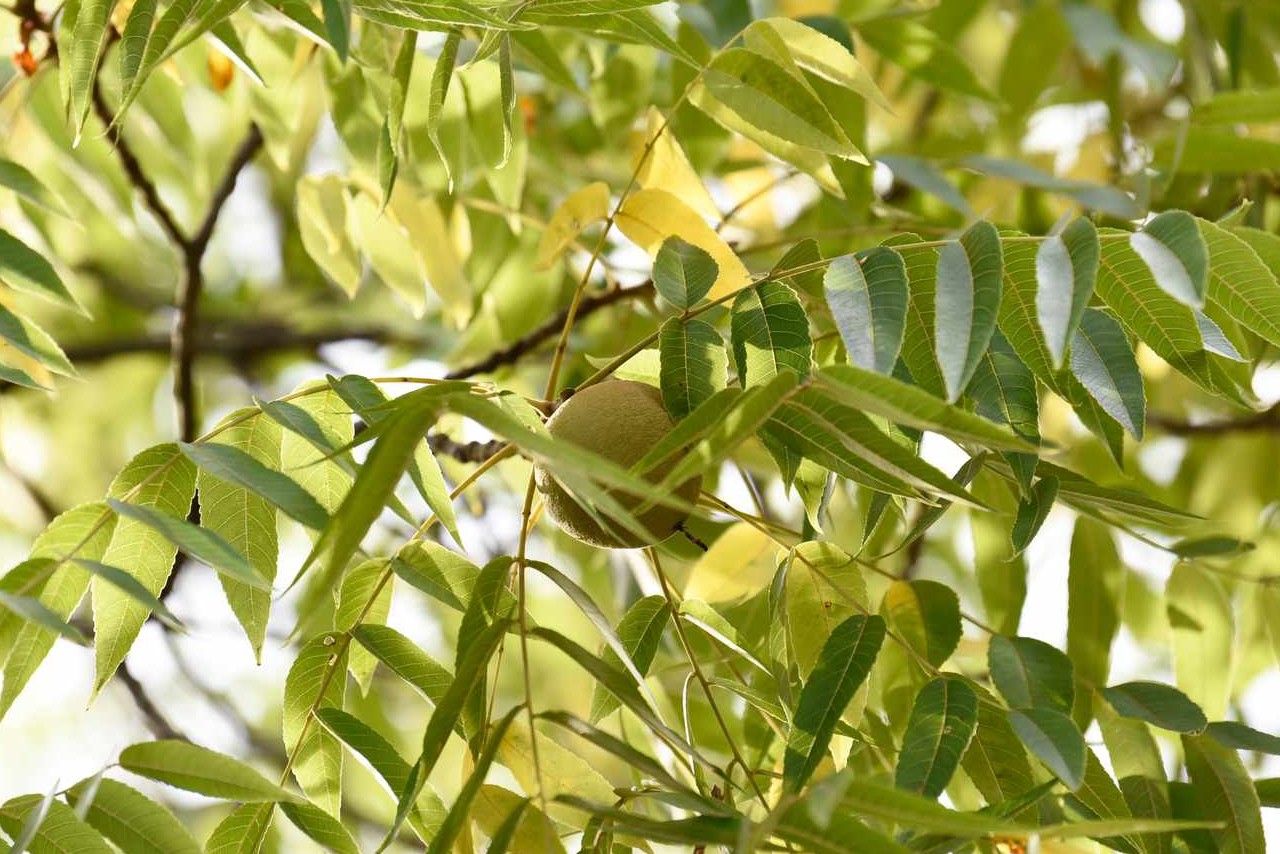
While black walnut trees are known for their impressive size and attractive shade, they come with some serious drawbacks. The roots of a black walnut tree release a toxin called juglone, which can harm other plants and prevent them from growing nearby. This makes it nearly impossible to maintain a thriving garden if you plant one in your yard. Additionally, the tree produces large nuts that fall and create a mess. These nuts can also pose a tripping hazard and can be difficult to remove. If you want to avoid the potential damage and maintenance issues, it’s best to choose a different tree for your yard.
Black walnut trees are also notorious for their slow growth, which can be frustrating for those eager to see results. Although the nuts are prized by some for their flavor and use in cooking, the effort required to gather and process them can be more trouble than it’s worth. The tree’s expansive root system can also interfere with nearby plants, causing them to struggle for nutrients and water. If you value a healthy, thriving garden, a black walnut tree is likely not the best choice for your landscape.
3. Bradford Pear Trees
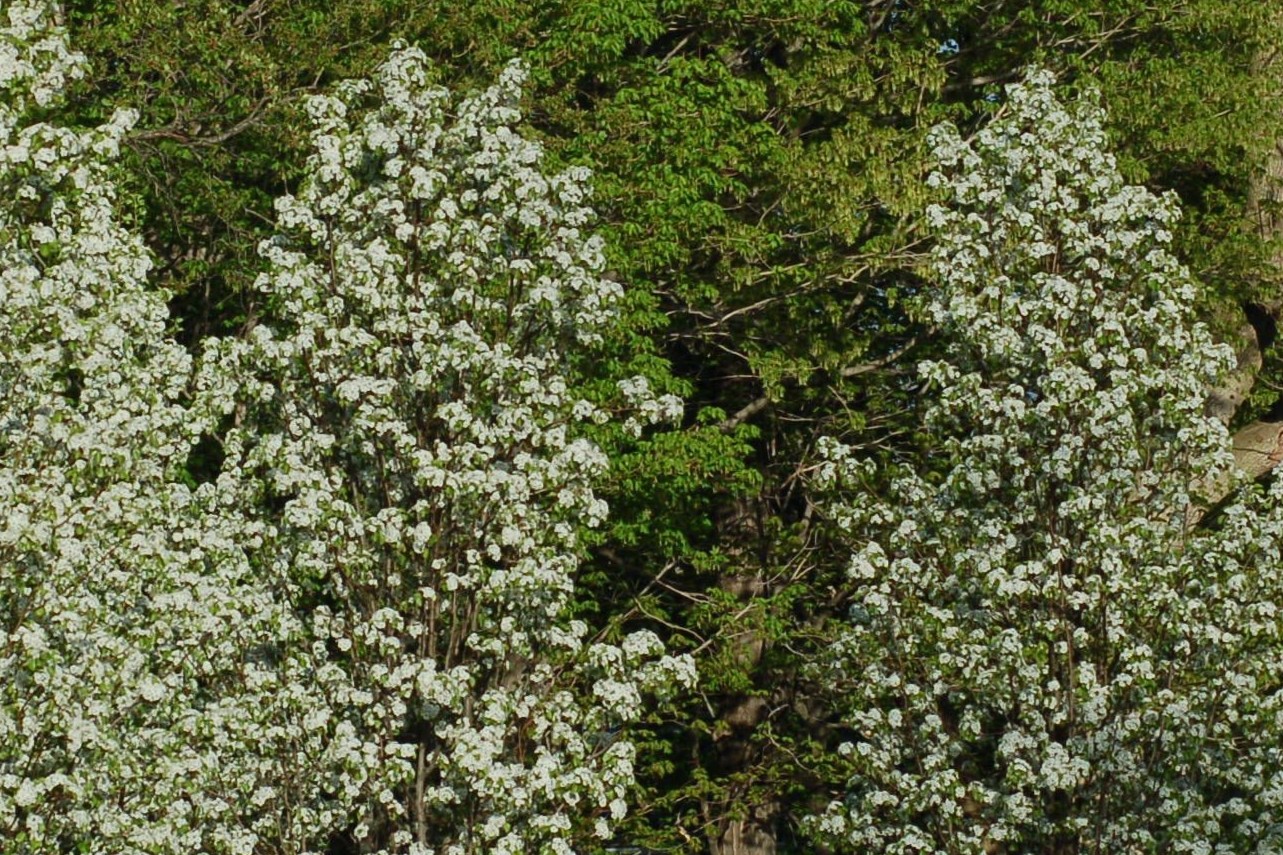
Bradford pear trees are often planted for their beautiful white blossoms in the spring, but experts warn that these trees are not as desirable as they may seem. While they look lovely, their weak branch structure makes them prone to breaking during storms or high winds. This can lead to significant damage to your property or surrounding plants. In addition to their structural weaknesses, Bradford pear trees are highly invasive, spreading rapidly and displacing native plants. Their flowers also emit a foul odor, which many people find unpleasant. If you want a tree that’s both beautiful and strong, it’s better to avoid the Bradford pear.
Bradford pear trees are also known for their short lifespan, typically only lasting around 20 years. During that time, they require frequent pruning to keep them from becoming too unruly. They can also attract pests such as aphids, which can cause damage to the leaves and flowers. Given their short lifespan, susceptibility to pests, and tendency to break easily, Bradford pear trees are better suited for larger, less maintenance-focused properties.
4. Fig Trees
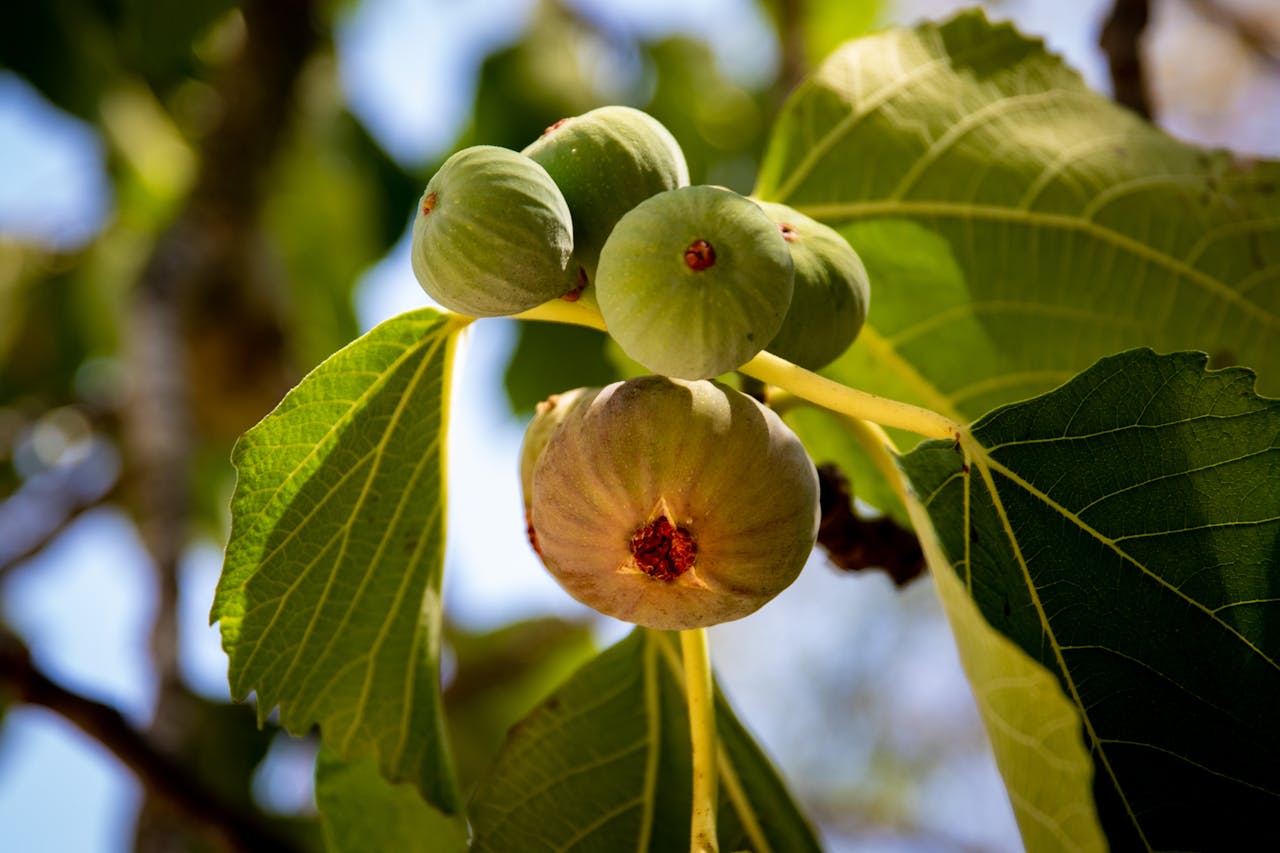
Fig trees are known for their delicious fruit, but they come with several challenges that make them less than ideal for most yards. These trees have aggressive root systems that can spread far and wide, damaging foundations, pipes, and other structures. The fruit of the fig tree can also attract unwanted pests like wasps and rodents. Furthermore, the tree’s sticky sap can cause a mess on outdoor furniture, patios, and walkways. If you’re looking for a tree that won’t cause damage or attract pests, it’s best to reconsider planting a fig tree in your yard.
Fig trees are also susceptible to a variety of diseases, including fig rust and leaf spot, which can make them difficult to maintain. Their large, broad leaves can create a lot of debris, which requires frequent cleanup. While the fruit is delicious, the mess and maintenance required to keep a fig tree healthy may outweigh the benefits for many homeowners. If you prefer a tree that requires less upkeep, you might want to look for a more forgiving option.
5. Cherry Trees
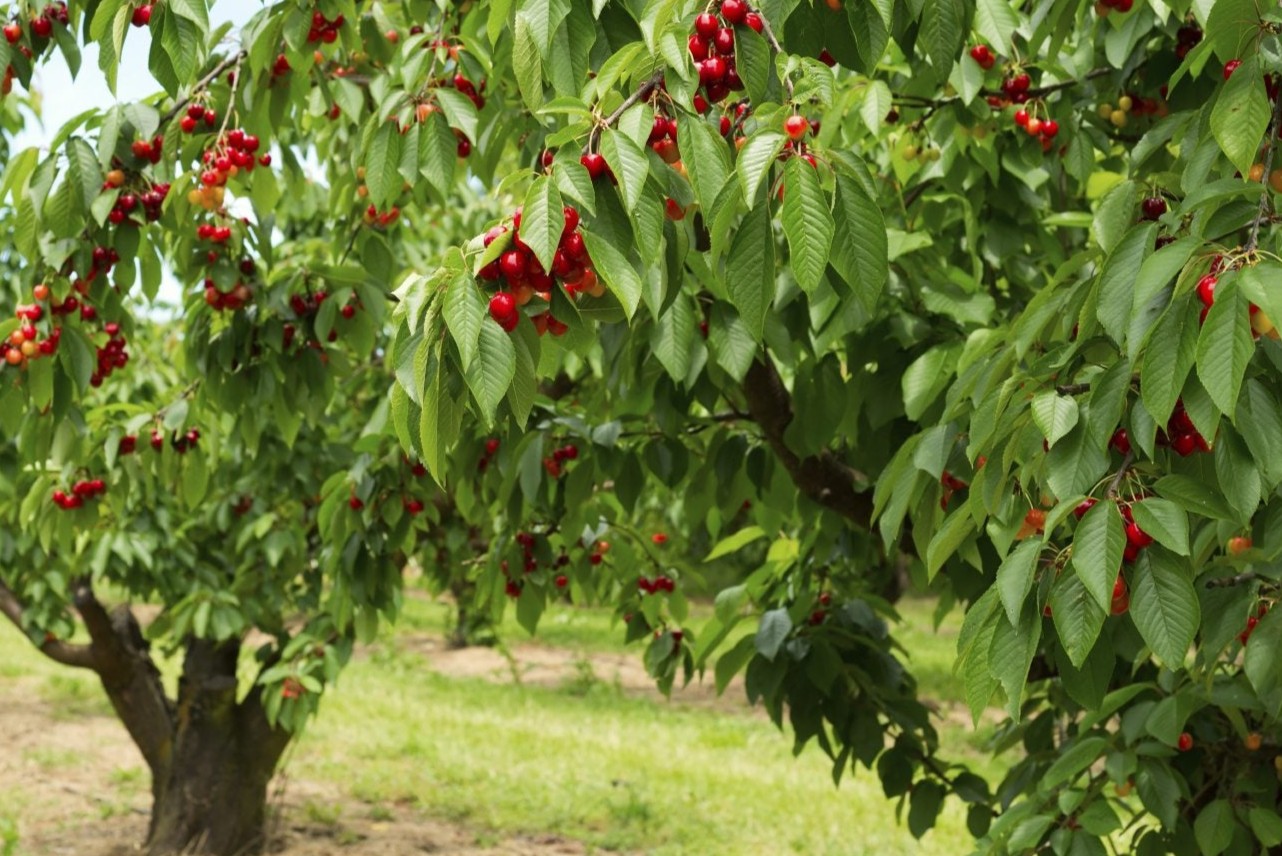
While cherry trees are often associated with stunning spring blooms and delicious fruit, they can be a headache to maintain. The fruit of cherry trees drops quickly, creating a sticky, messy situation that attracts pests like bees and wasps. The fallen fruit can also stain your outdoor furniture, decks, and driveways. Additionally, cherry trees are highly susceptible to pests and diseases, such as aphids and fungal infections, which can make them difficult to care for. If you’re not ready for the regular upkeep and potential mess, you may want to skip the cherry tree for a more low-maintenance option.
Cherry trees also require specific growing conditions, including well-drained soil and plenty of sunlight. They are also prone to splitting under heavy fruit loads, which can cause the branches to break and damage the tree. For those looking for a fruit tree that’s both beautiful and easy to care for, a cherry tree may not be the best fit. Consider other options that are less susceptible to pests and diseases.
6. Apple Trees
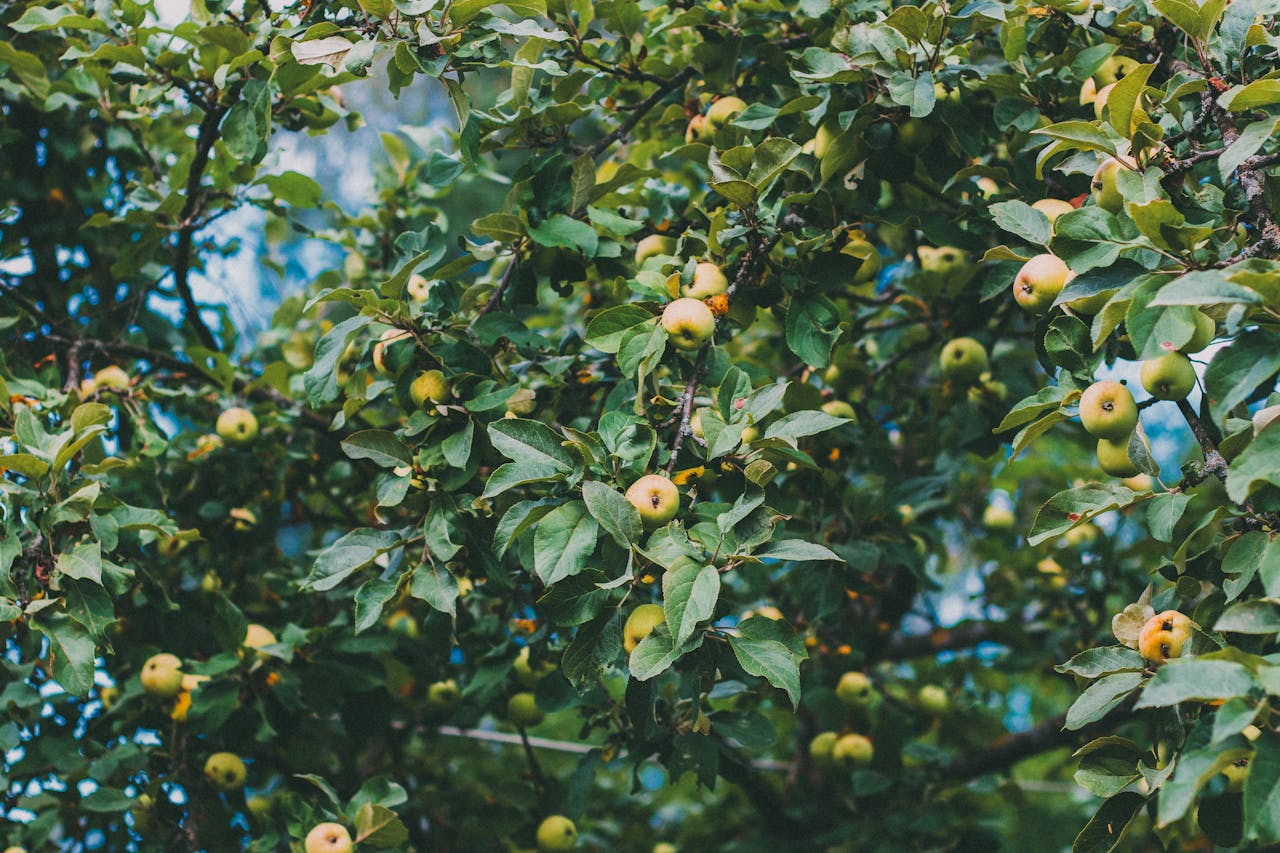
Apple trees are another common choice for backyard orchards, but they come with their own set of challenges. These trees are particularly vulnerable to pests like codling moths and apple maggots, which can damage the fruit and make it unsuitable for consumption. In addition, apple trees are prone to fungal diseases such as apple scab, which can spread to other plants in your garden. The fallen fruit can attract bees, wasps, and other insects, making your yard less enjoyable. If you’re not prepared to deal with the constant maintenance and pest control, apple trees might not be the best option for your yard.
Apple trees also require regular pruning to maintain their shape and health. Without proper care, the tree can become overgrown, and the fruit may not ripen properly. While apple trees can be rewarding for those willing to put in the effort, they are not the easiest tree to care for. If you prefer a tree that requires less attention, it may be worth exploring other options.
7. Pecan Trees
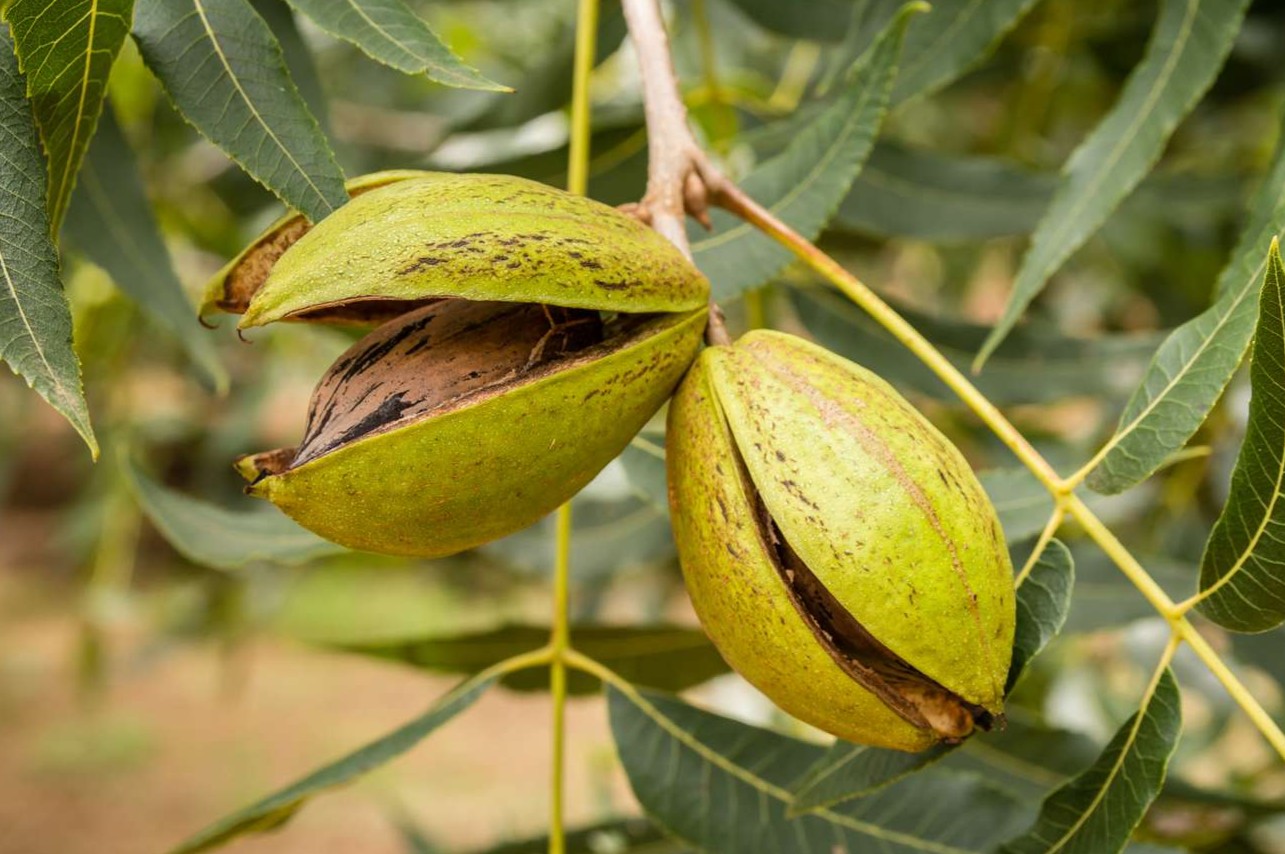
Pecan trees may offer delicious nuts, but they come with several downsides that make them less than ideal for residential yards. These trees grow large, casting dense shade that can prevent grass and other plants from thriving underneath. The fallen nuts and leaves can create a significant mess, which can be time-consuming to clean up. Additionally, pecan trees are known for their deep, spreading roots, which can damage nearby structures, including foundations and plumbing. If you don’t have a large, open space for a pecan tree, it’s better to choose a tree that won’t take up so much room and cause such a mess.
Pecan trees also require specific soil conditions and a significant amount of water to thrive. They can be slow to mature, taking several years before they begin producing nuts. The trees are also prone to various diseases, such as pecan scab, which can affect the quality of the nuts. If you’re looking for a fruit tree that’s easy to care for and doesn’t require a lot of space, a pecan tree may not be the best choice.
8. Plum Trees
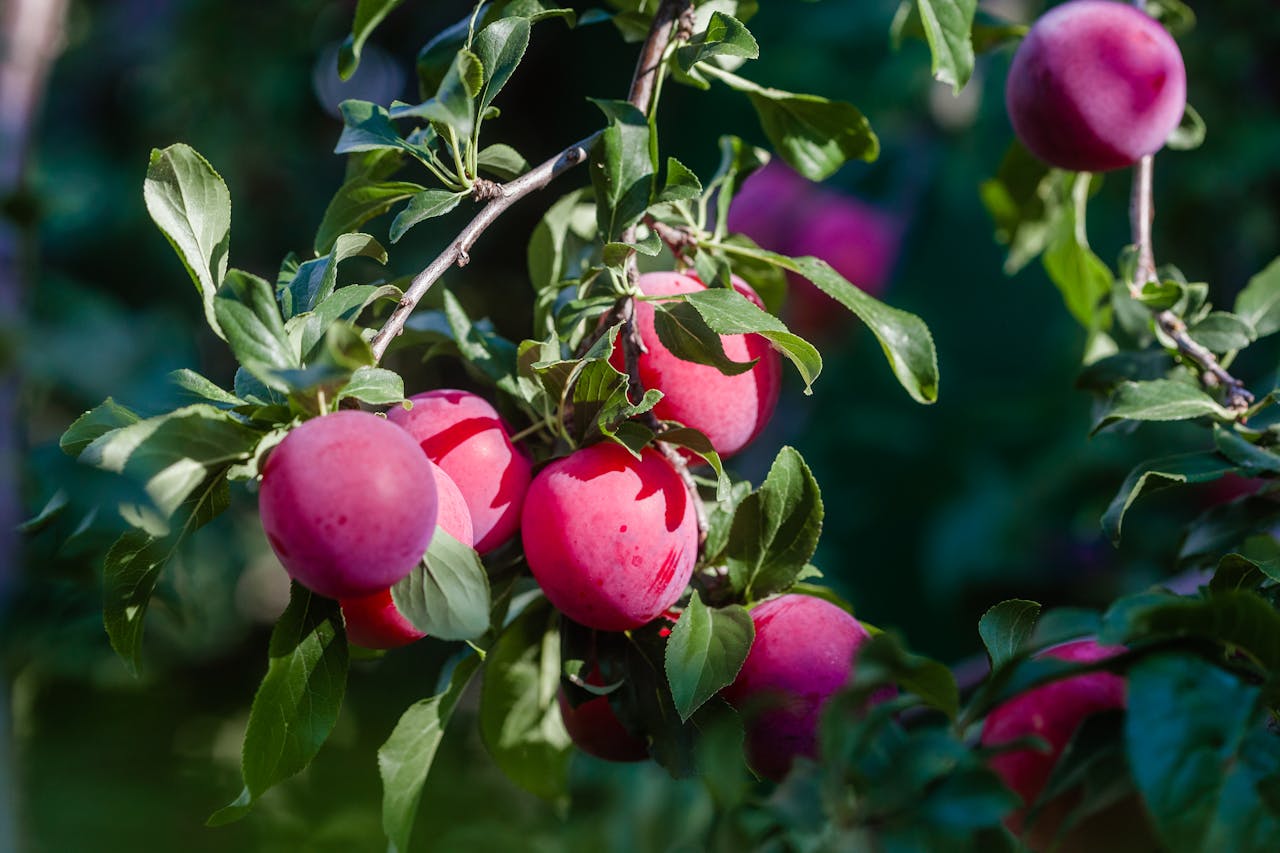
Plum trees may seem like an attractive choice, but they can quickly become a maintenance nightmare. The fruit from plum trees tends to drop quickly, fermenting on the ground and attracting pests like flies and bees. The fallen fruit can also create a sticky mess that stains your lawn and outdoor surfaces. Additionally, plum trees are highly susceptible to fungal diseases like brown rot, which can spread to other plants in your garden. If you’re not prepared for the constant cleanup and disease management, it’s best to avoid planting a plum tree in your yard.
Plum trees also require regular pruning to maintain their shape and prevent overcrowding. Without proper care, the tree can become overgrown, and the fruit may not ripen evenly. If you prefer a tree that requires less maintenance, you may want to consider other fruit tree options that are less prone to disease and pest problems.
9. Citrus Trees (in Non-Tropical Areas)
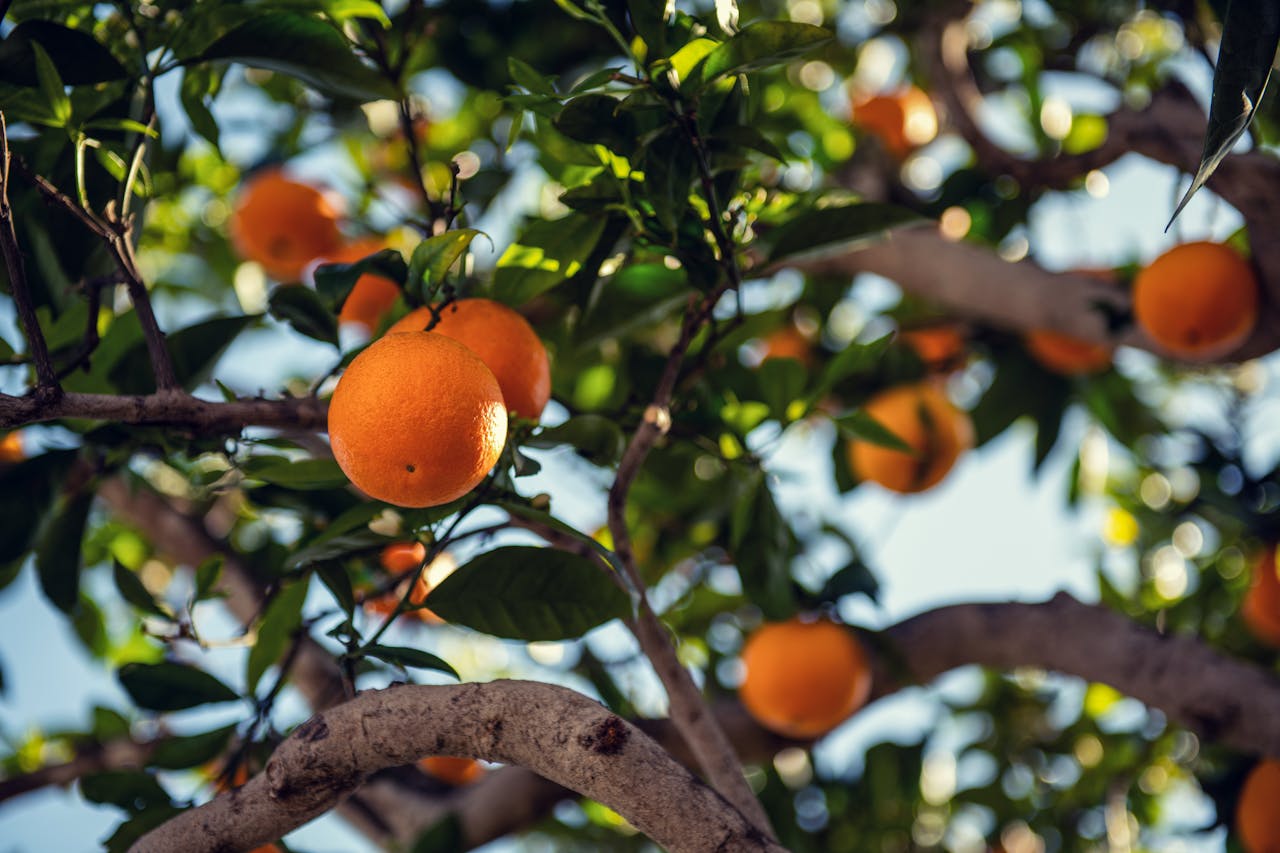
Citrus trees, such as oranges, lemons, and grapefruits, are beloved for their bright, tangy fruits. However, these trees are best suited for tropical or subtropical climates, where they can thrive in warm temperatures year-round. If you live in a cooler region, citrus trees will require extra care, such as frost protection, frequent fertilization, and additional watering. They are also highly susceptible to pests like aphids and scale insects, which can be difficult to control. If you don’t live in an area that’s naturally warm, it’s best to avoid planting citrus trees in your yard.
Citrus trees also require specific soil conditions and plenty of sunlight to thrive. Without these, they may not produce fruit or may suffer from poor growth. For homeowners in non-tropical areas, the effort required to maintain a citrus tree may outweigh the benefits. If you’re looking for a fruit tree that’s easier to care for in your climate, citrus trees may not be the best fit.
10. Pineapple Guava Trees
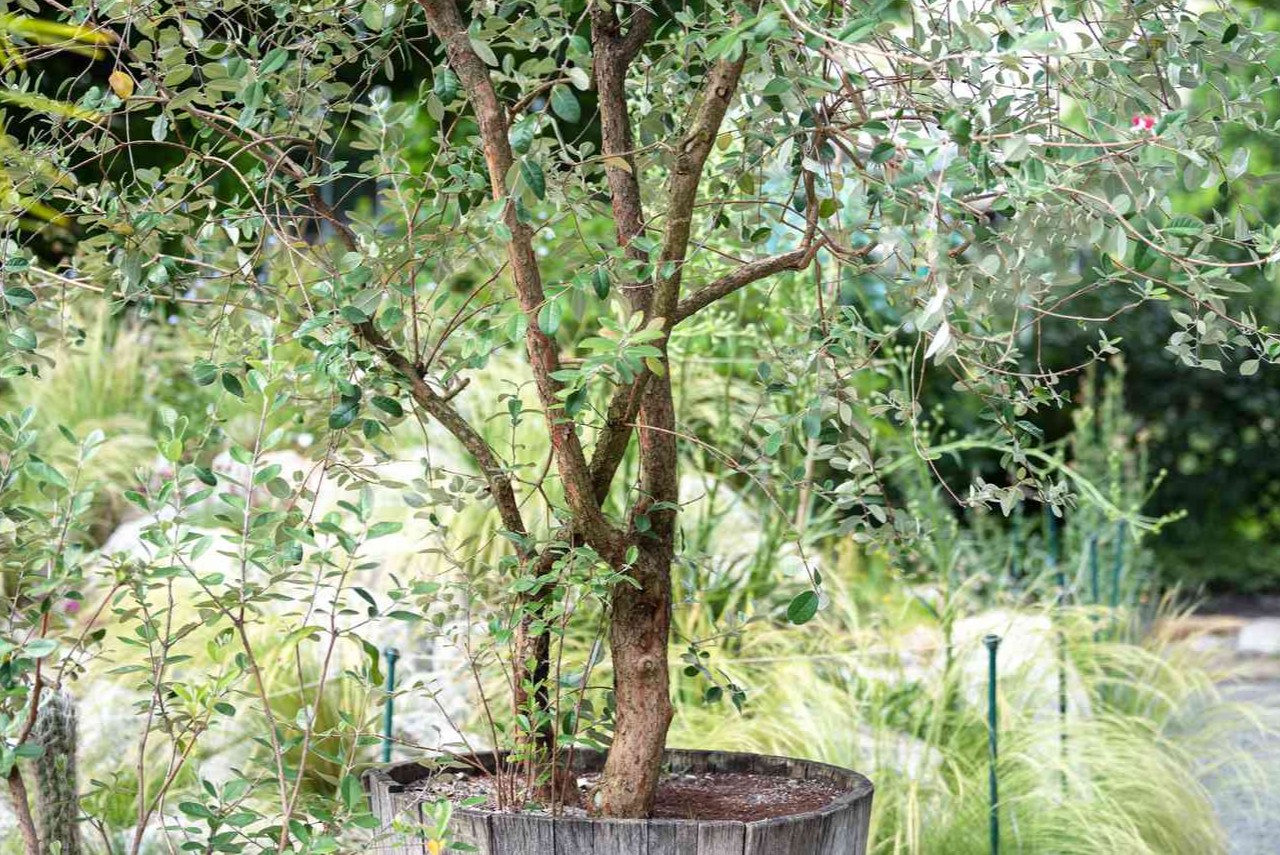
Pineapple guava trees, also known as feijoa, produce small, tasty fruits that can be a fun addition to your yard. However, these trees require regular maintenance and can be a hassle to manage. The fruit drops quickly, creating a mess that attracts insects and rodents. Additionally, the tree needs frequent pruning to keep it from becoming too large and unruly. While pineapple guava trees can be a great option for those who live in mild climates, they may not be the best choice for homeowners looking for a low-maintenance fruit tree.
These trees also require a specific growing environment, including well-drained soil and protection from frost. Without the right conditions, the tree may not thrive, and the fruit may not ripen properly. If you prefer a fruit tree that’s easier to grow and maintain, a pineapple guava tree might not be the best option for your yard.
Final Thoughts
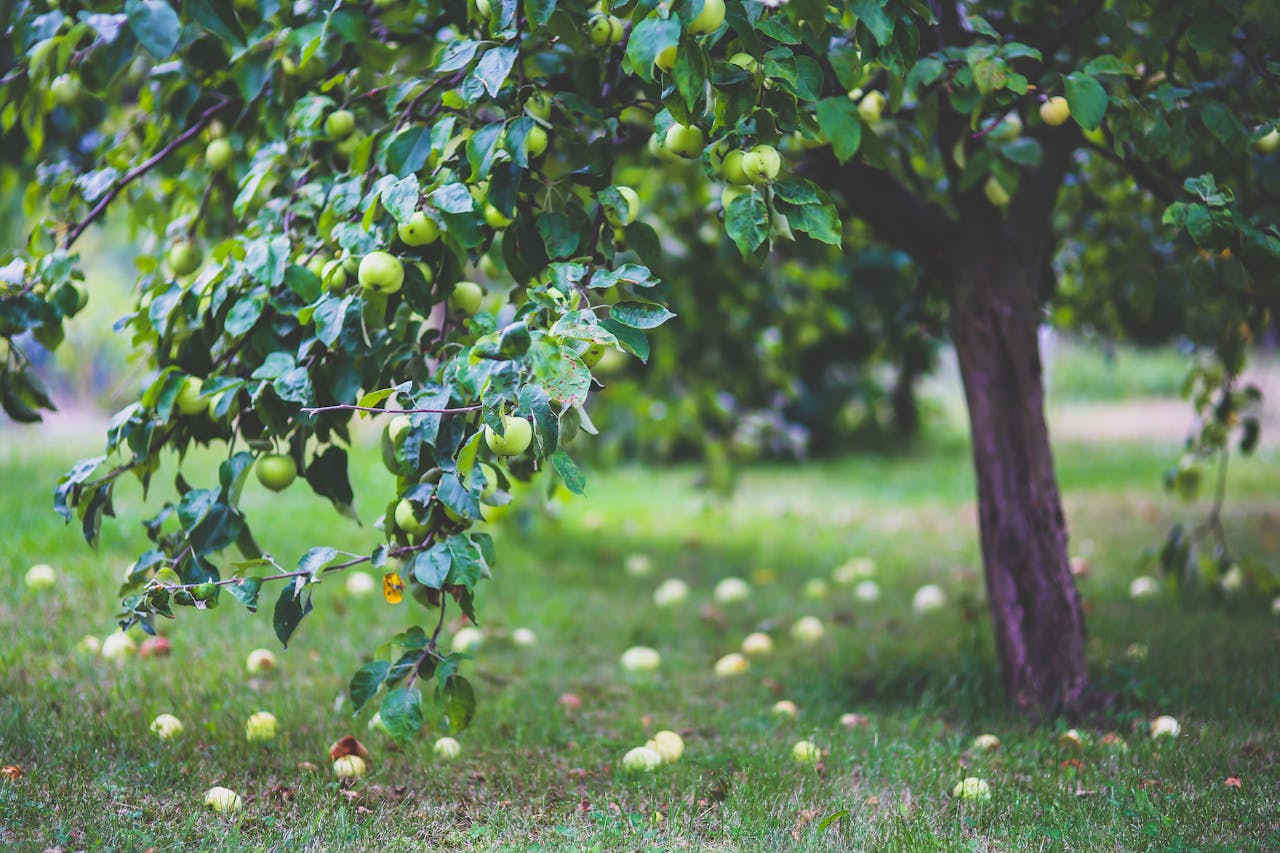
While planting fruit trees can be a rewarding experience, it’s important to carefully consider your yard’s needs and limitations. The trees listed above come with challenges that can lead to frustration, unnecessary maintenance, and even damage to your property. Before planting any tree, make sure to research its growth habits, potential problems, and how well it fits with your yard’s specific conditions. By choosing the right tree, you can enjoy a beautiful, fruitful landscape without the headaches.
Leave a Reply